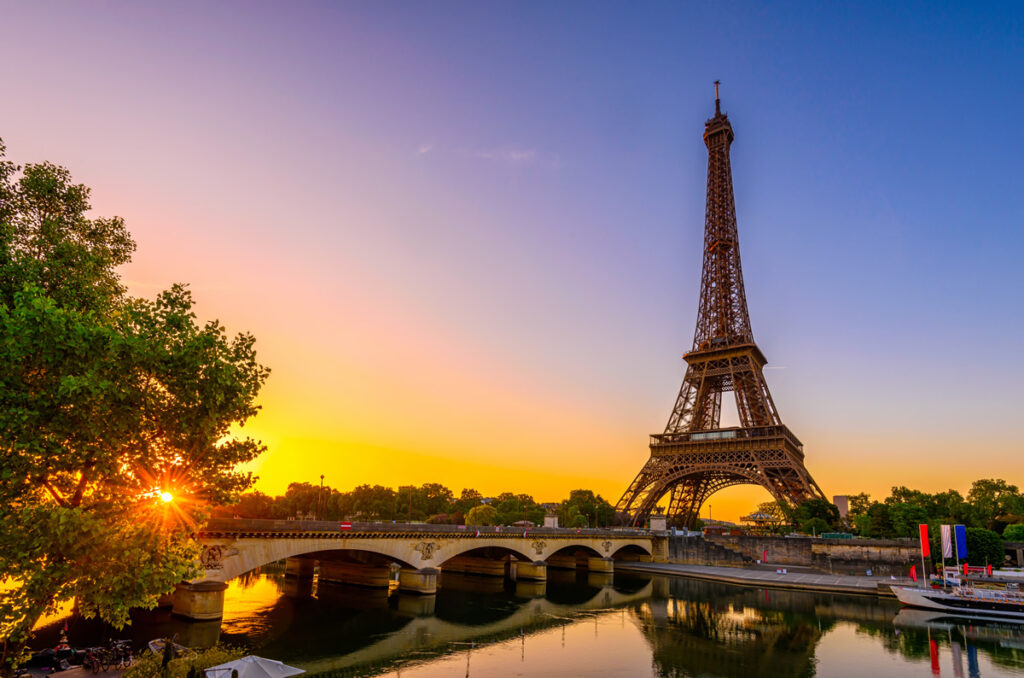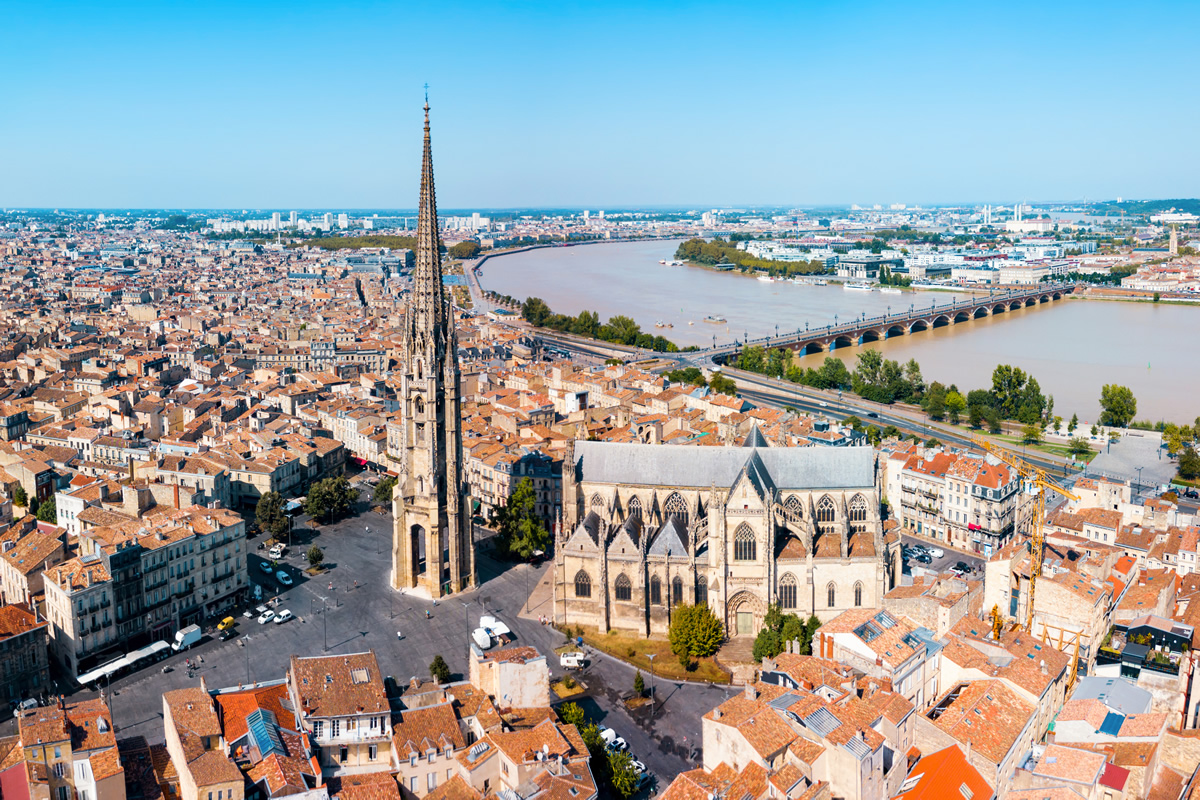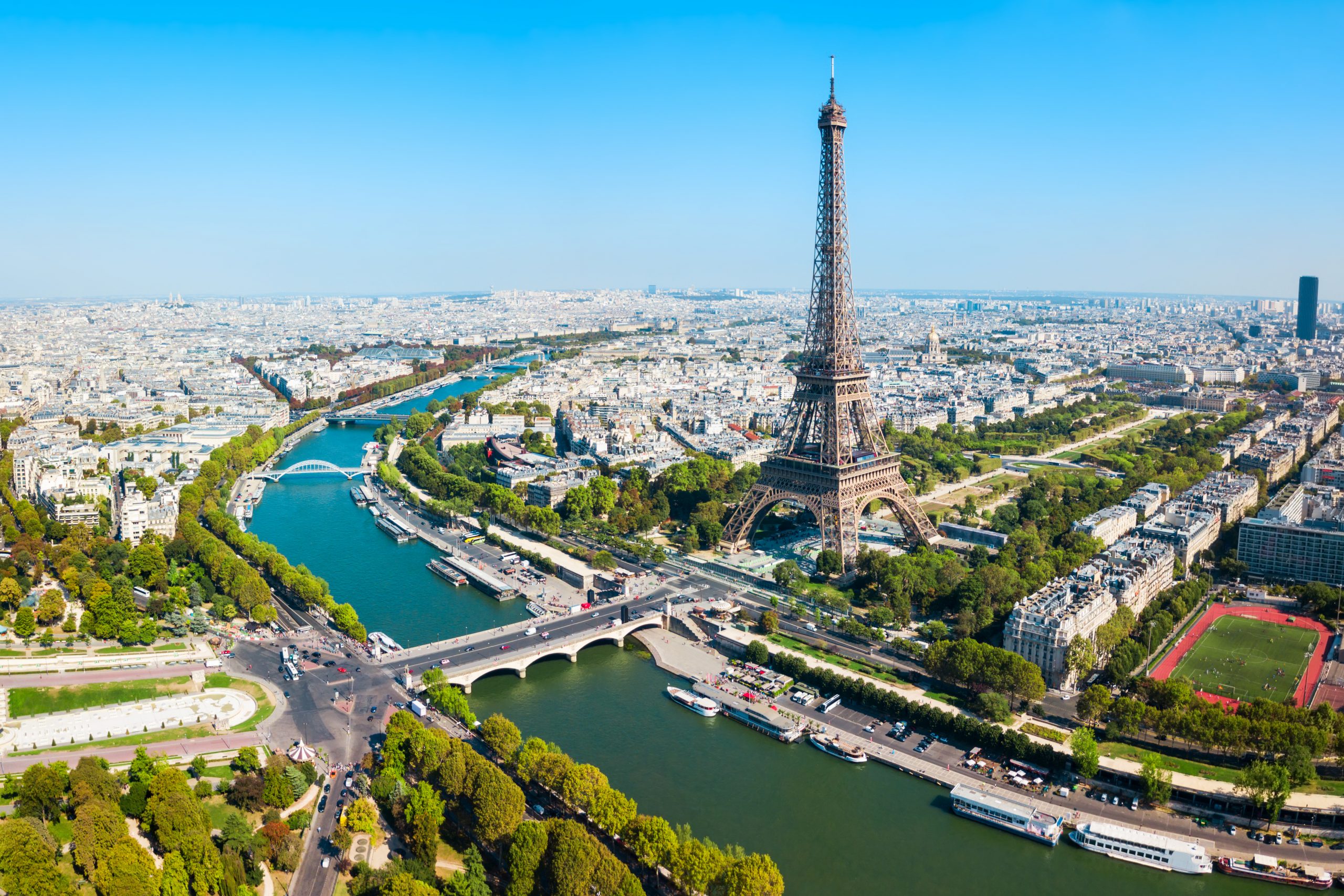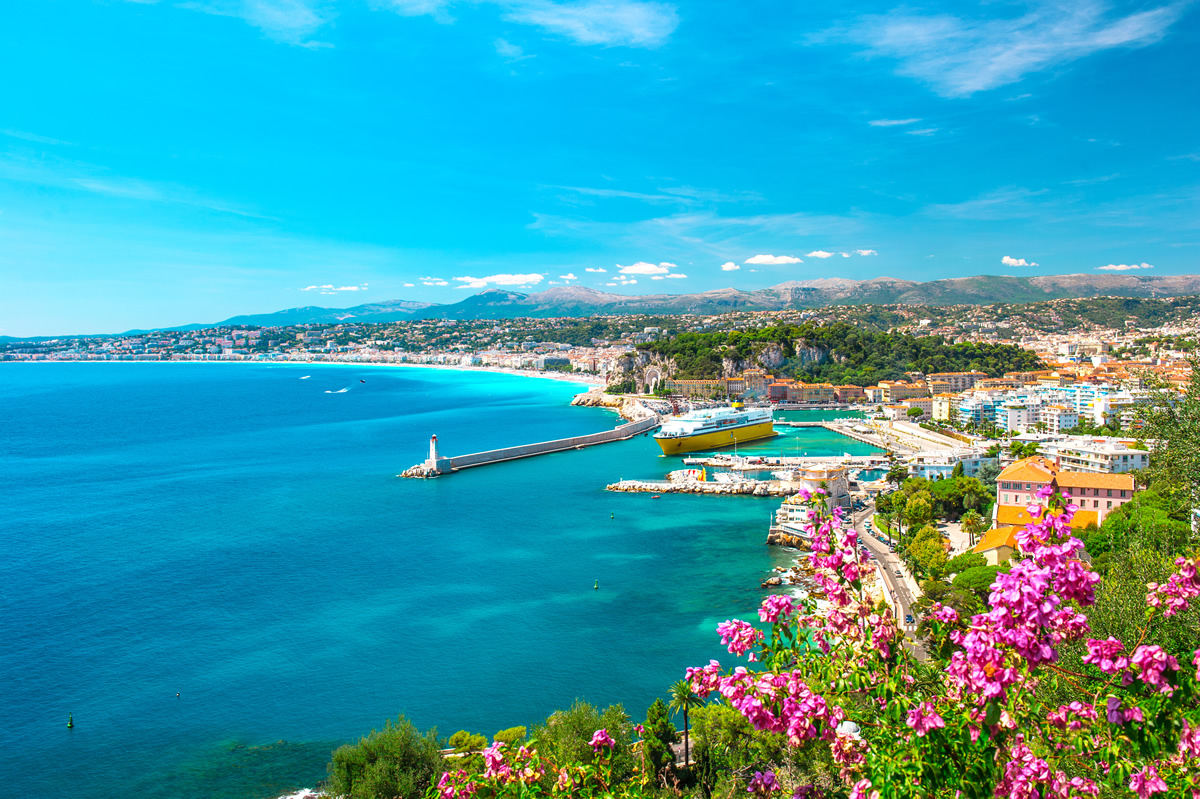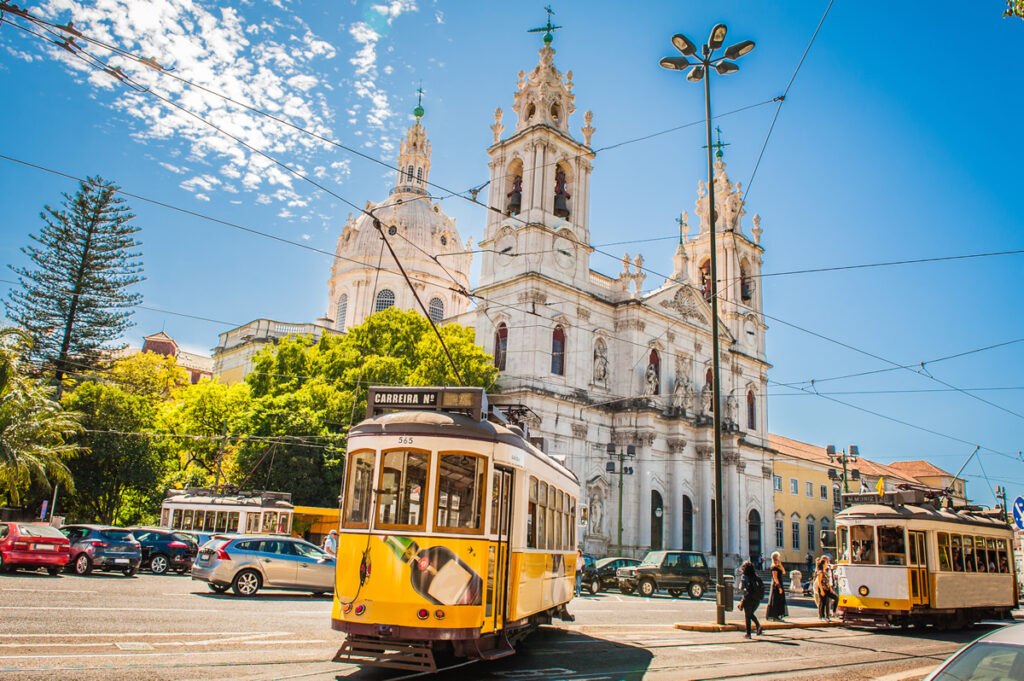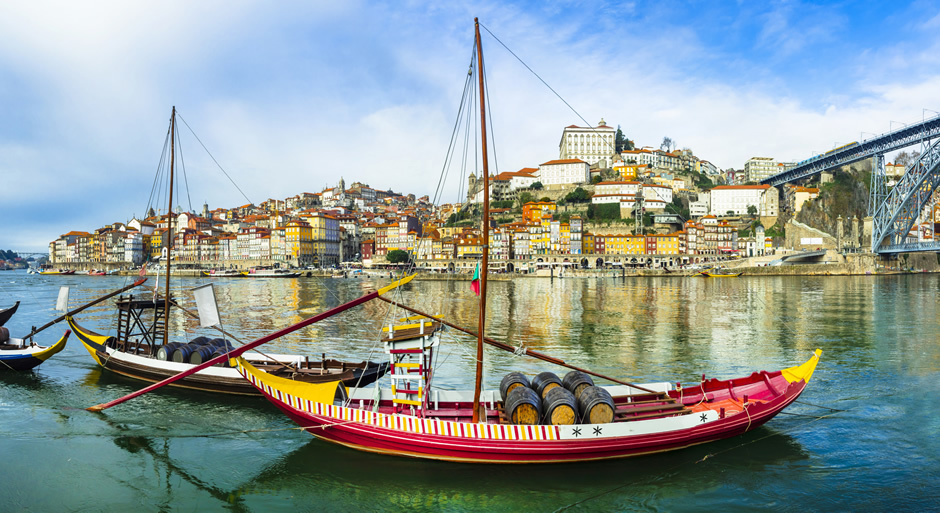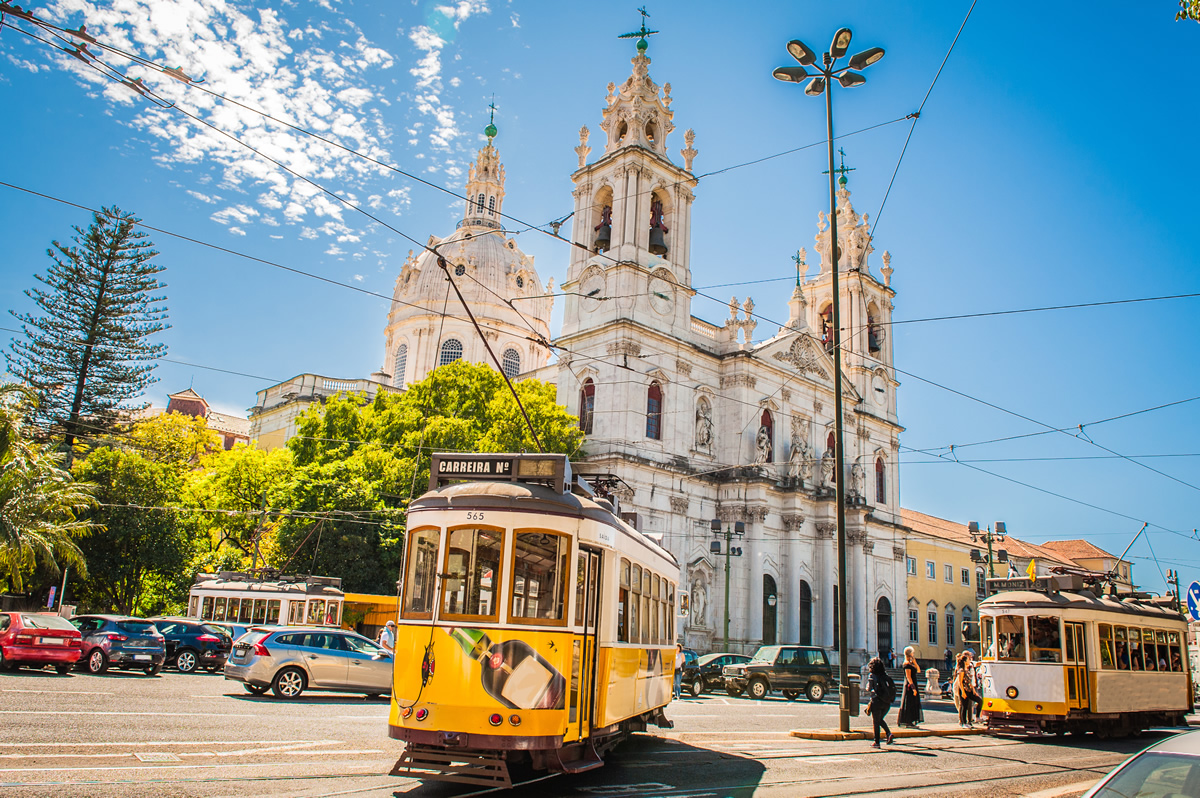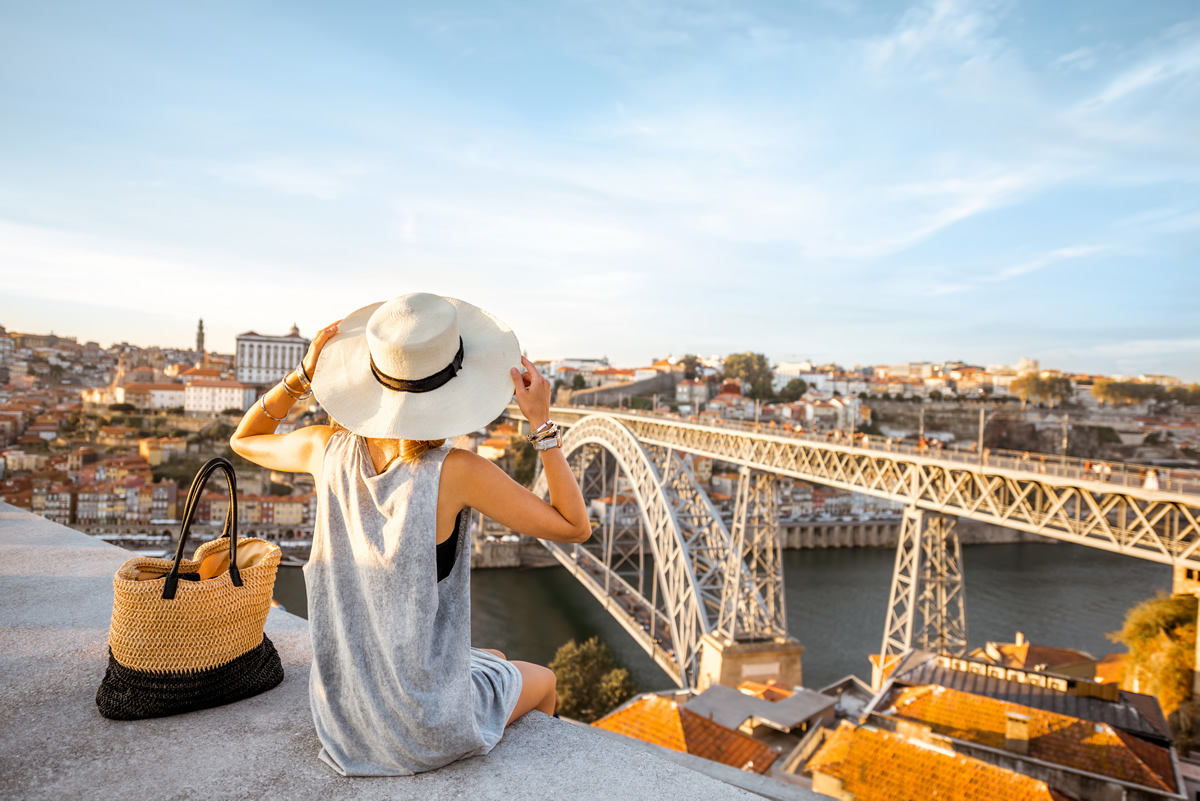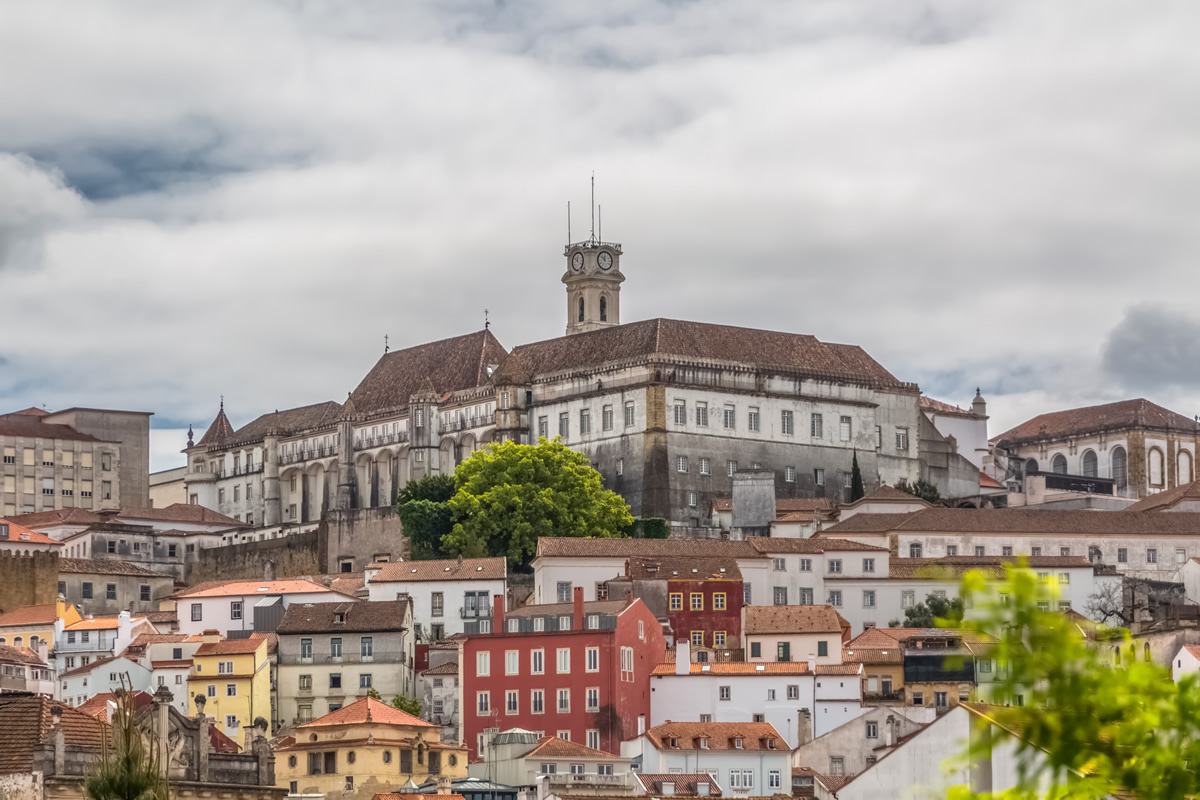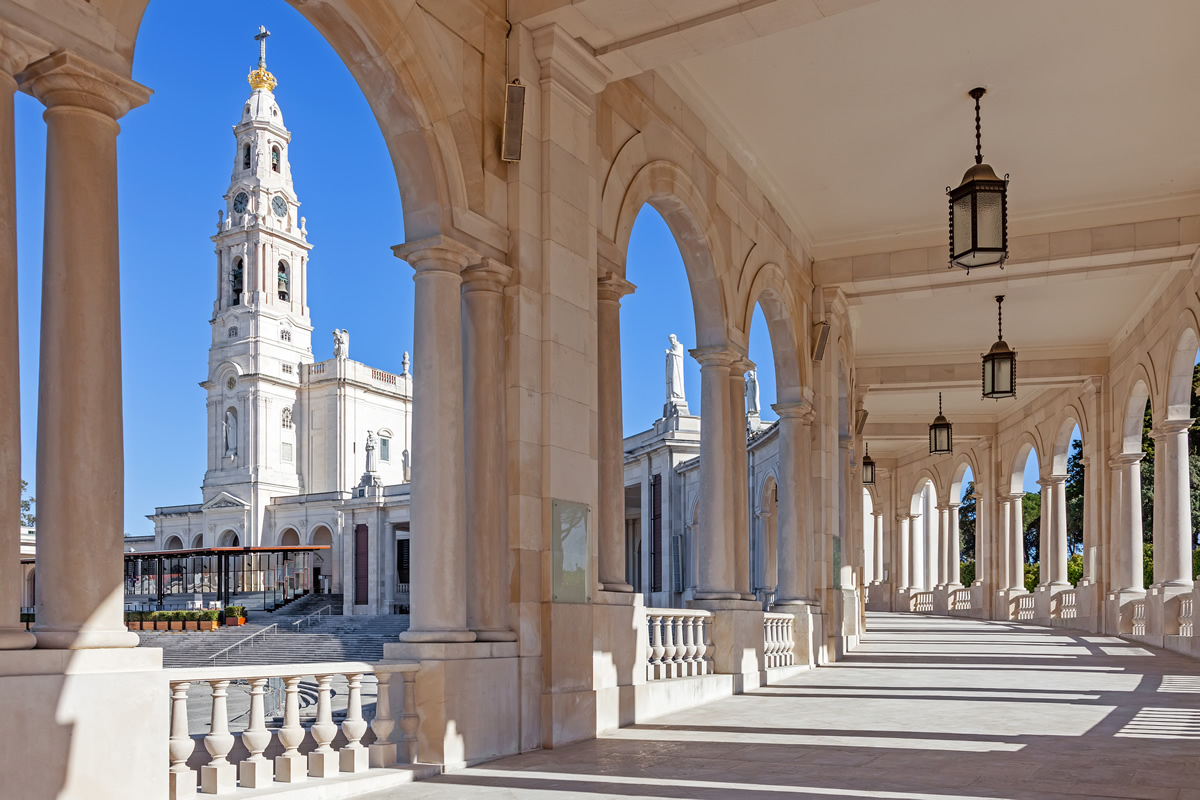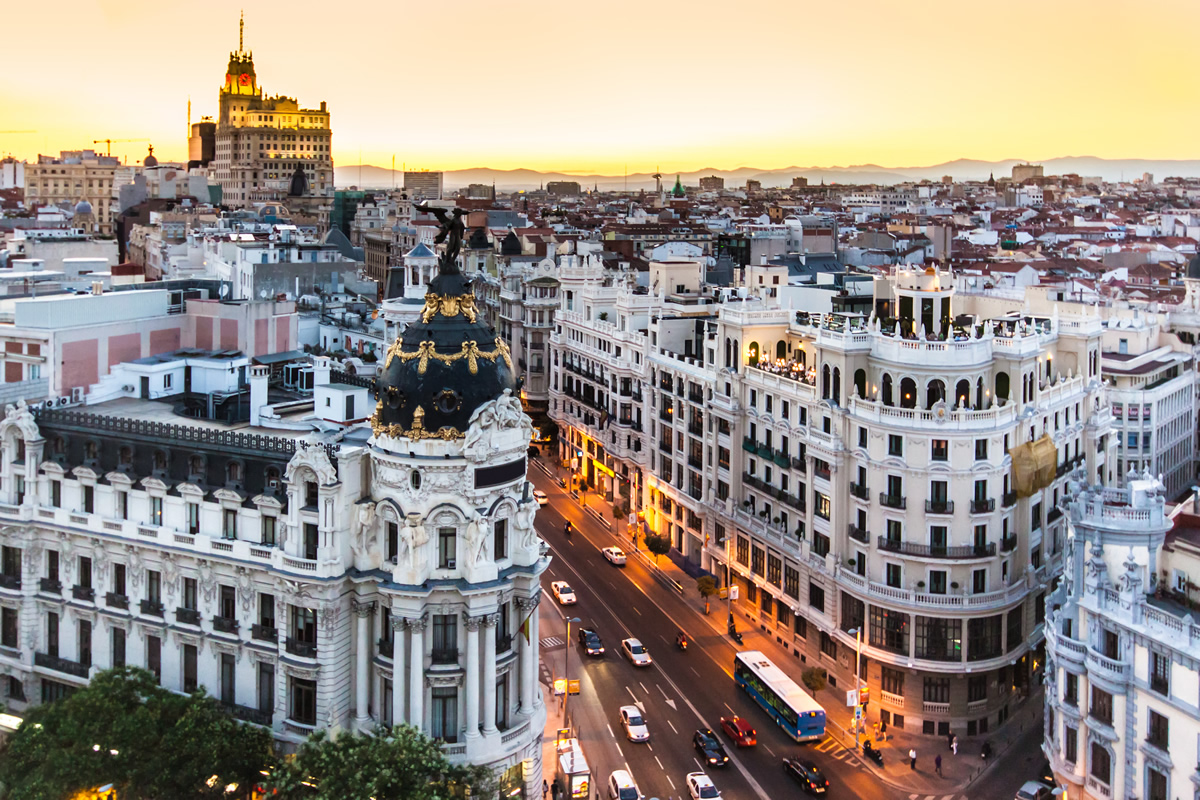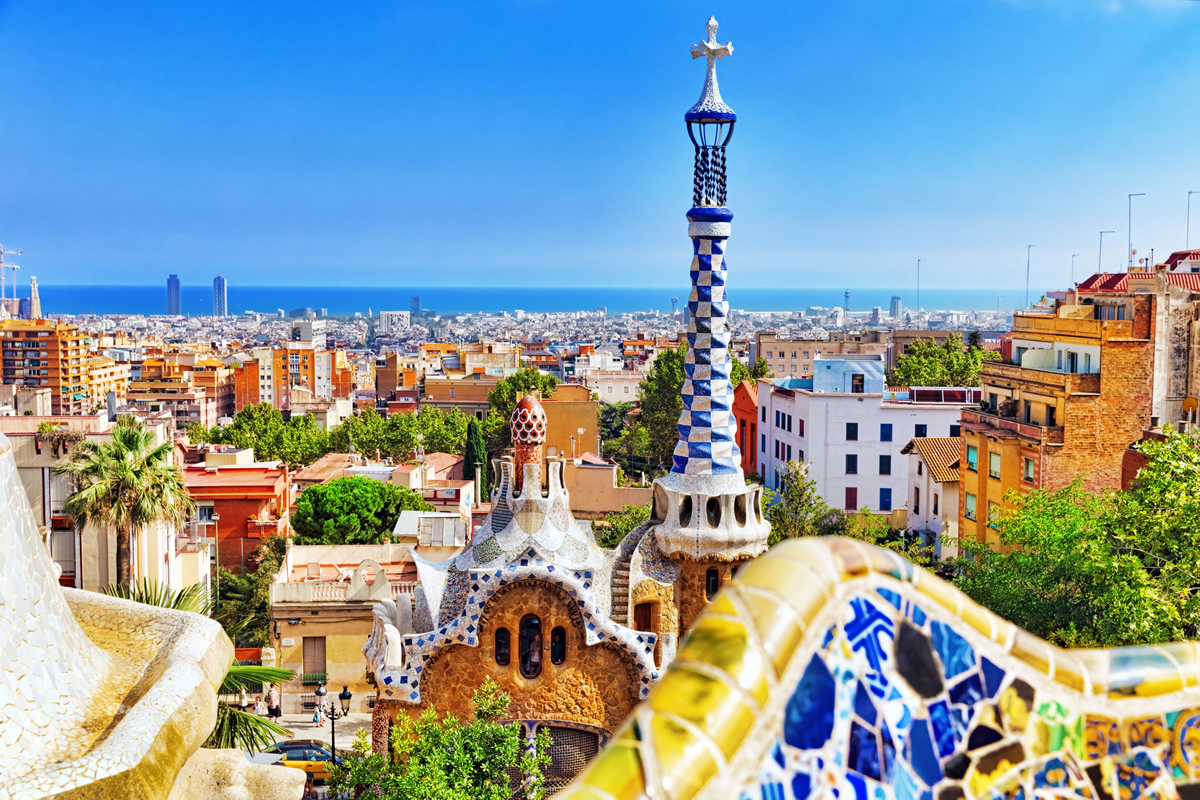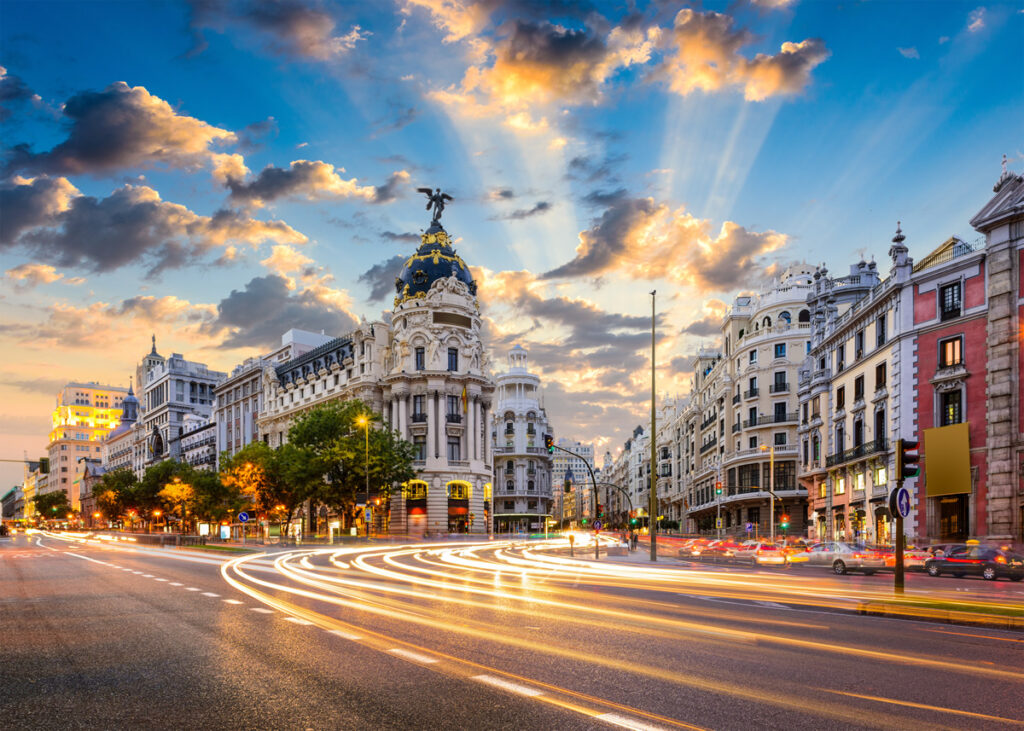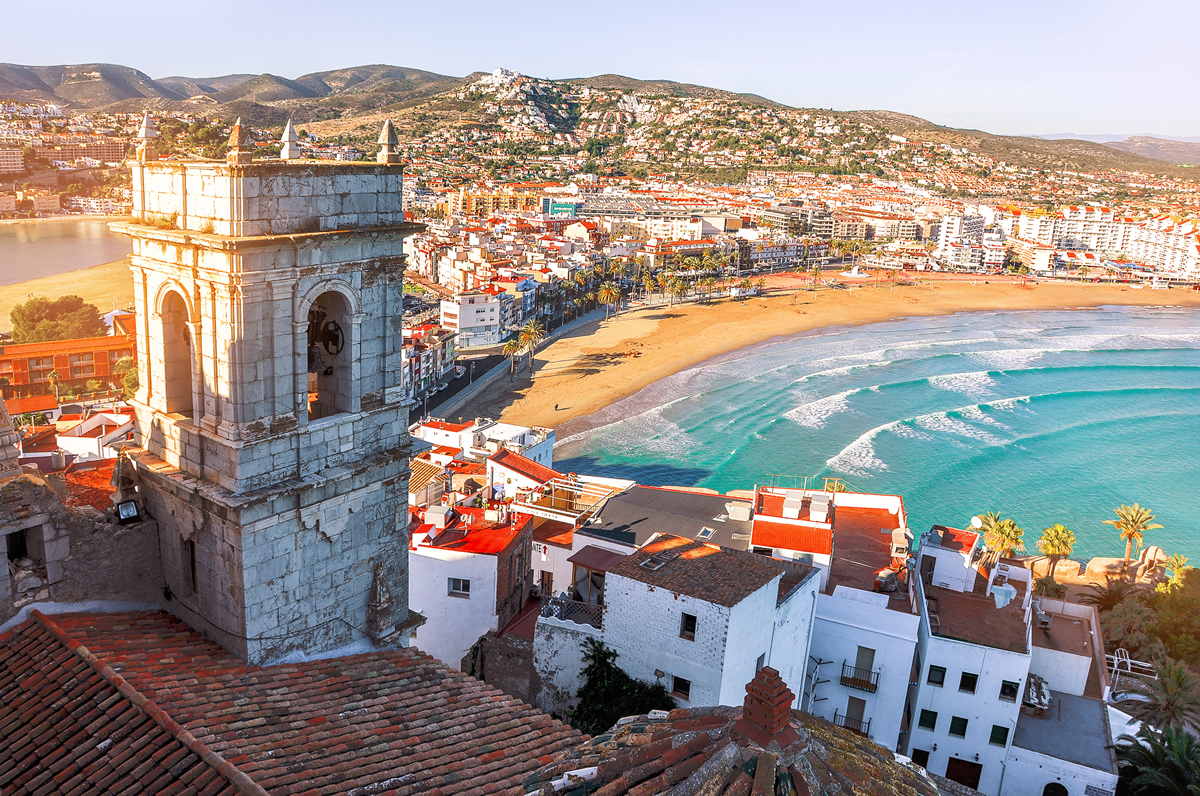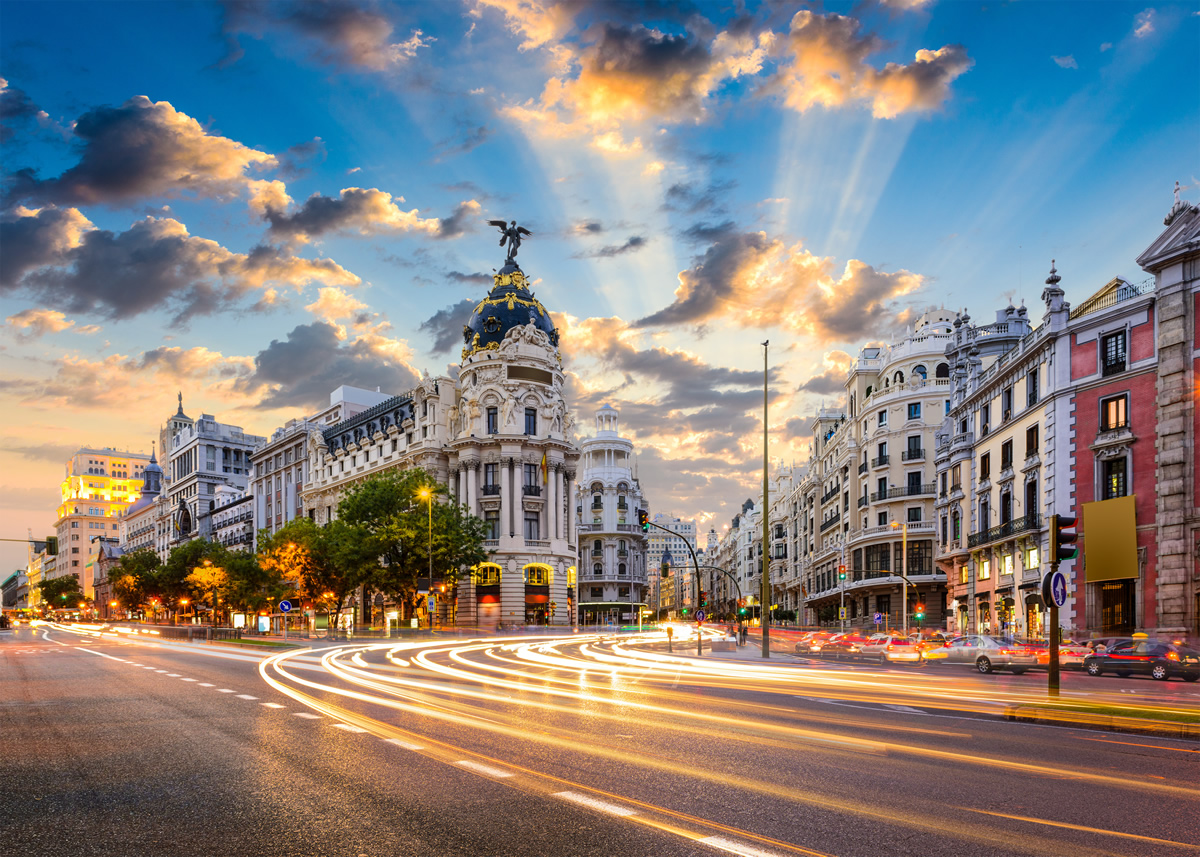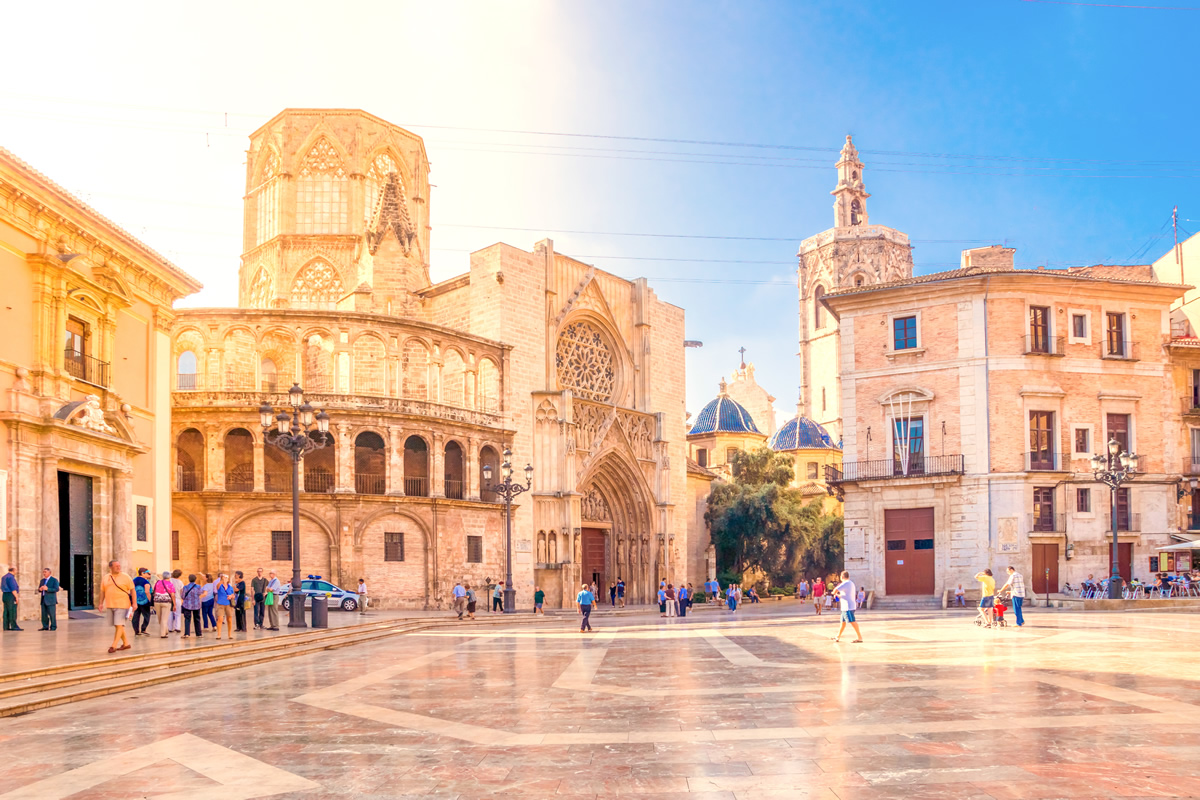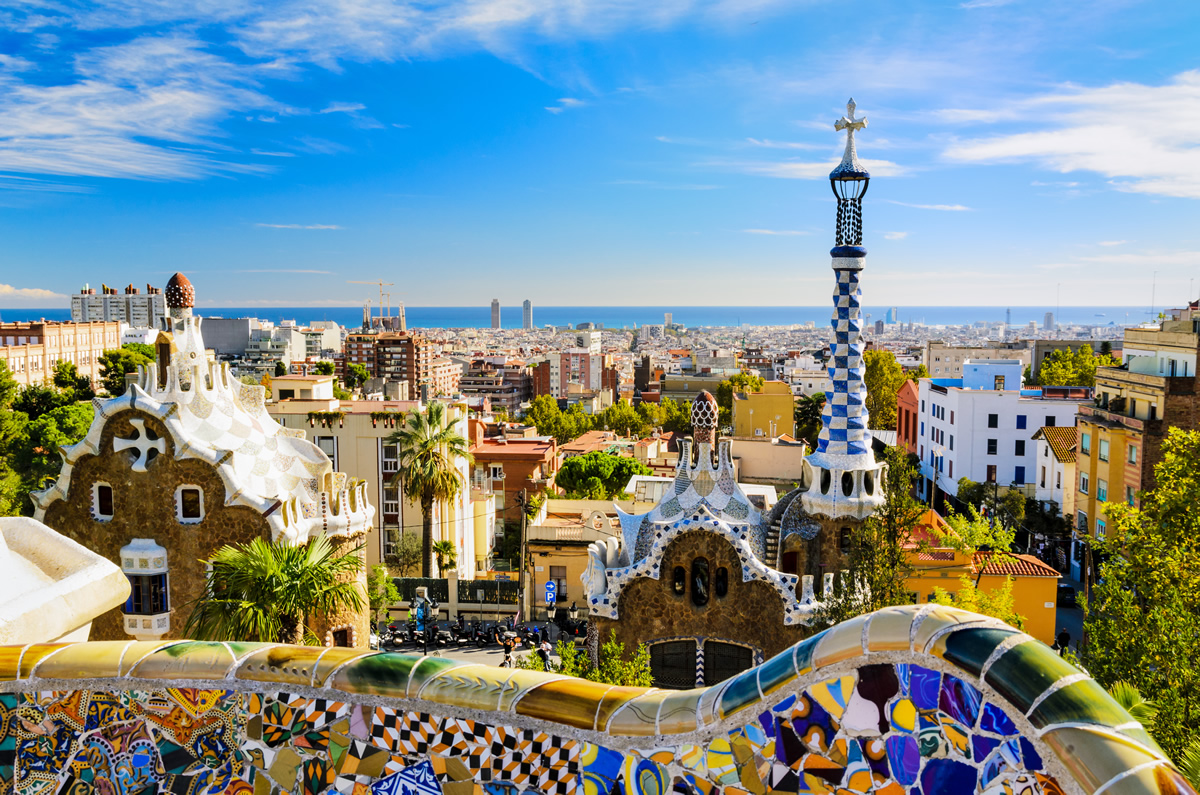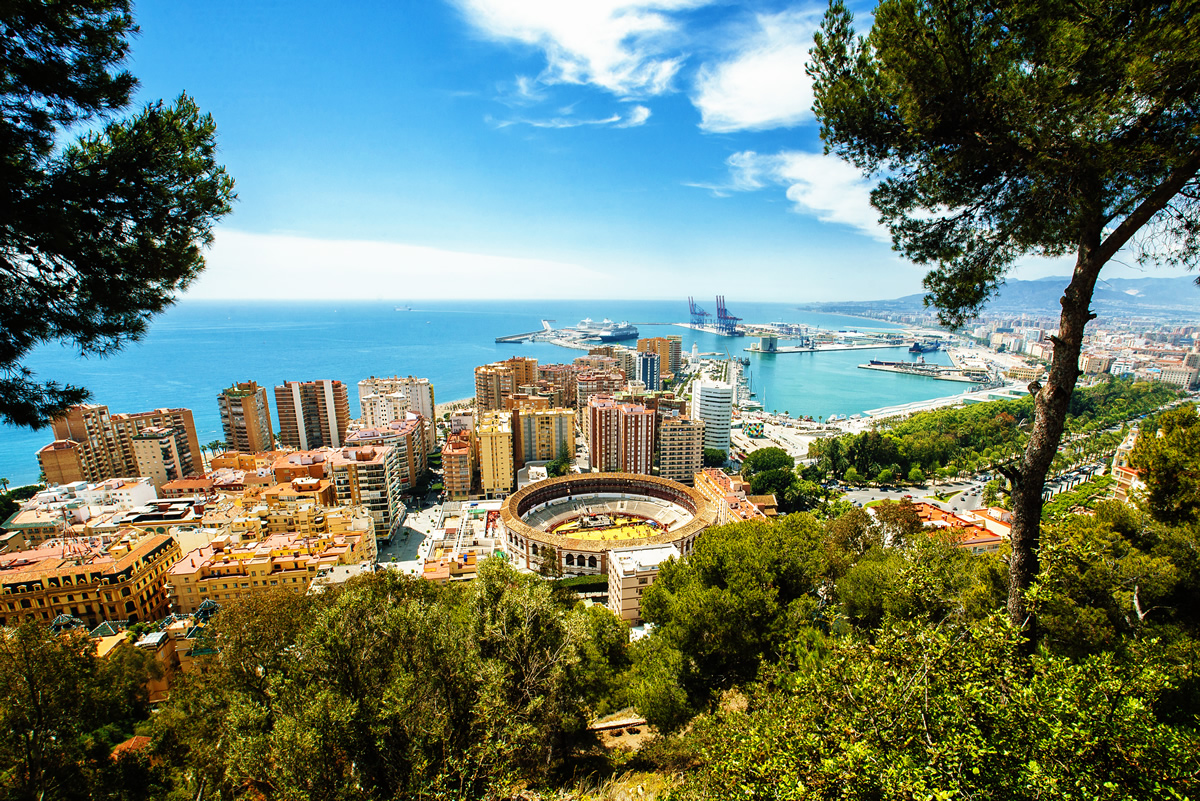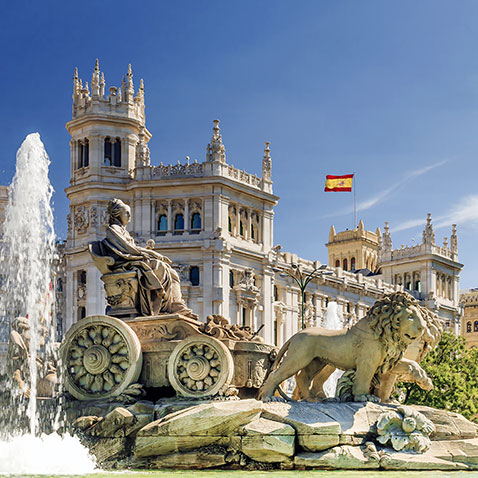
France attracts each year millions of foreign tourists making it the most popular tourist destination in the world.
It offers anything your heart and mind desire: Paris, one of the world’s truly great cities, the large cities of Lyon and Marseille and even every town and village seems to have something to offer. Beyond urban France, there is a diverse range of nature, with everything from Alpine peaks to the amazing sea cliffs on the Atlantic coast and some of Europe’s wildest areas, like the Camargue in the south.
Paris
Paris is one of the most fascinating cities in Europe, and tourists will find, in this wonderful city, those things to see and to do which are almost limitless. Known as the ‘City of Light’, the beauty of Paris is overwhelming and the architectural and artistic heritage both combined make any visit an unforgettable experience.
Paris is the second-largest city in Western Europe, and it is probably the city with the most things to see. It is impossible to count all the highlights Paris has to offer, but some of the most famous are the world-renowned Eiffel Tower, the Louvre and Notre-Dame and also other notable city jewels such as the Musée d’Orsay.
If time permits, other must-see sights in Paris include the Panthéon, the Musée Rodin, the Basilique du Sacré Coeur, the Catacombes des Paris and the beautiful Place des Vosges. For relaxed wandering choose and explore the Luxembourg Gardens or Le Marais, elegant St-Germain and romantic Montmartre.
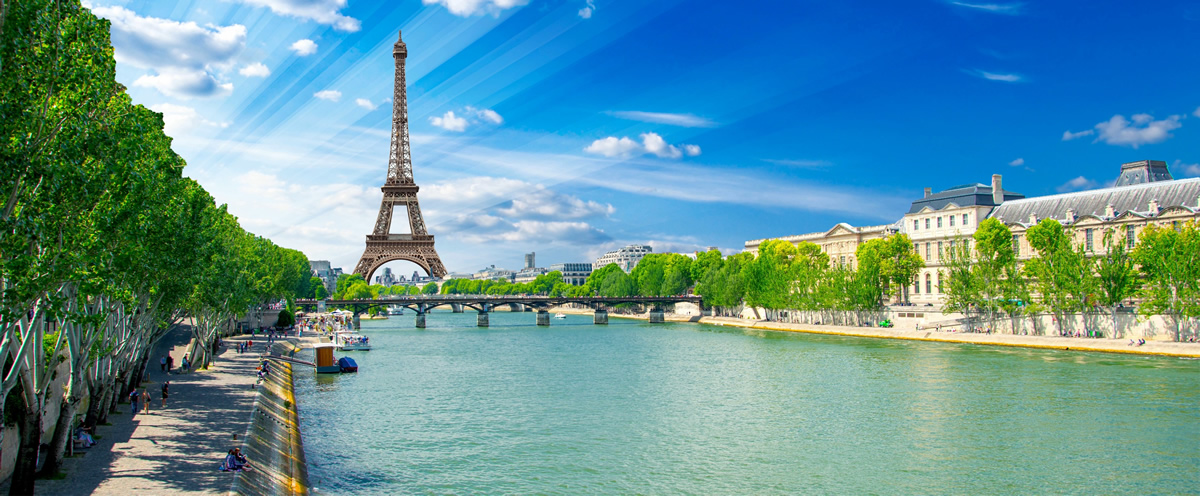
Bordeaux
Bordeaux has been officially included on the list of UNESCO World Heritage sites as of 28 June 2007.
With over 350 historic monuments in a protected area of 147 hectares, as well as 3 churches (Saint-André, Saint-Michel, and Saint-Seurin) that were already listed as World Heritage sites on the pilgrim road to Santiago de Compostela, Bordeaux had a number of assets to convince the jury. Above and beyond its lovely architecture, Bordeaux was chosen for its attractive, vibrant, and cosmopolitan districts. From the narrow streets of the Saint-Michel quarter to buildings from the 60s and 70s in Mériadeck, these districts reflect the life of a city that has evolved without losing its character or identity.
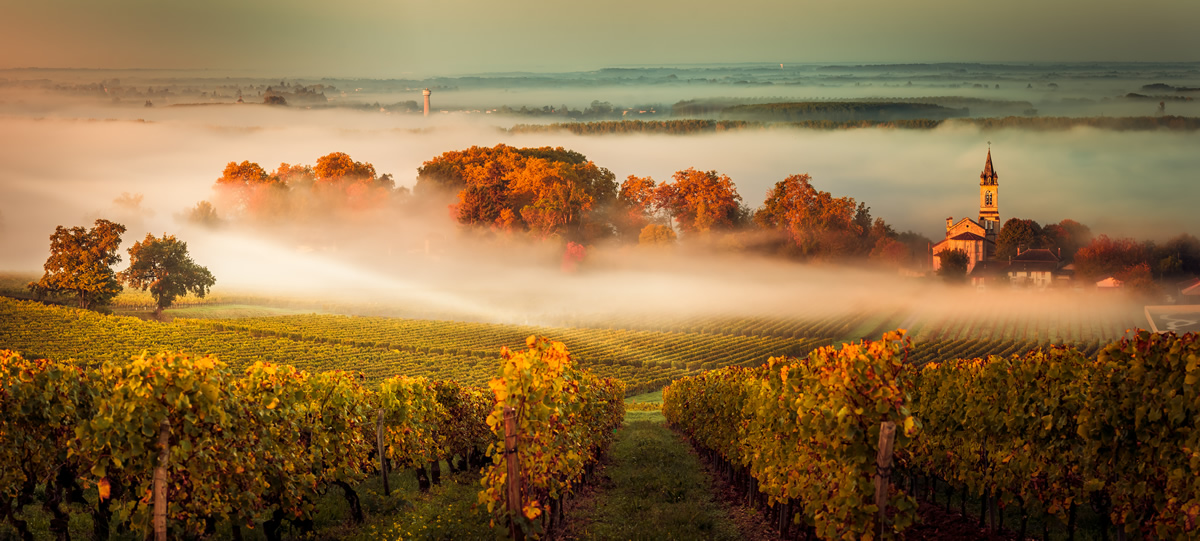
French Riviera – “Cote D’Azur”
The French Riviera (known in French as the Côte d’Azur) is the Mediterranean coastline of the southeast corner of France. There is no official boundary, but it is usually considered to extend from Cassis, Toulon or Saint-Tropez on the west to Menton at the France–Italy border in the east, where the Italian Riviera joins.
Nice is the capital of the French Riviera and is the 5th largest city of France. Throughout the ages the town changed hands many times. Its strategic location and port significantly contributed to its maritime strength. For years, it was an Italian dominion, and then became part of France in 1860. Culturally and architecturally enriched over time, today Nice has become a truly cosmopolitan tourist destination. The city’s main seaside promenade, the Promenade des Anglais (‘the Walkway of the English’) owes its name to the earliest visitors to the resort. In the Old City of Nice, you will discover the narrow streets, the history of the town and the well known baroque architecture.
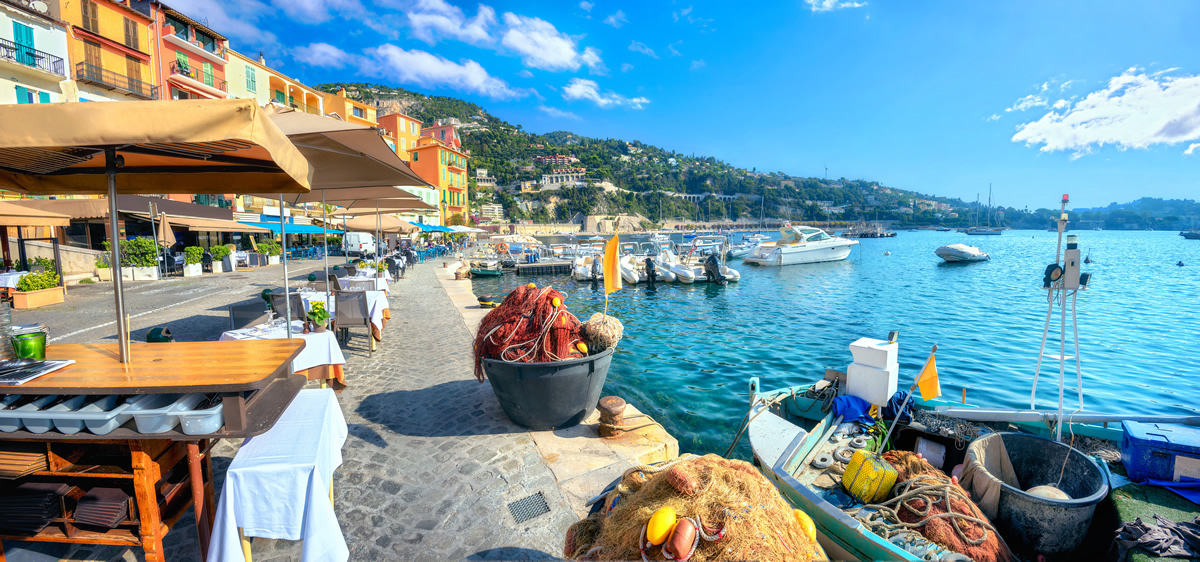
Lourdes
Lourdes is a small market town lying in the foothills of the Pyrenees in southwestern France. It was best known for the Château fort de Lourdes, a fortified castle. It later became one of the world’s most important sites of pilgrimage and religious tourism due to the Marian apparitions claimed to have been seen by the peasant girl Bernadette Soubirous in 1858.
Boly Mill where St Bernadette was born, and the “Cachot,” an abandoned prison where Bernadette’s impoverished family lived is a must see. You can join your prayers with those of pilgrims from around the world as you pray for the sick, drink water from the miraculous spring or submerge yourself in the healing baths. Experience Christ’s love as you walk the life-sized Stations of the Cross overlooking the holy Grotto.
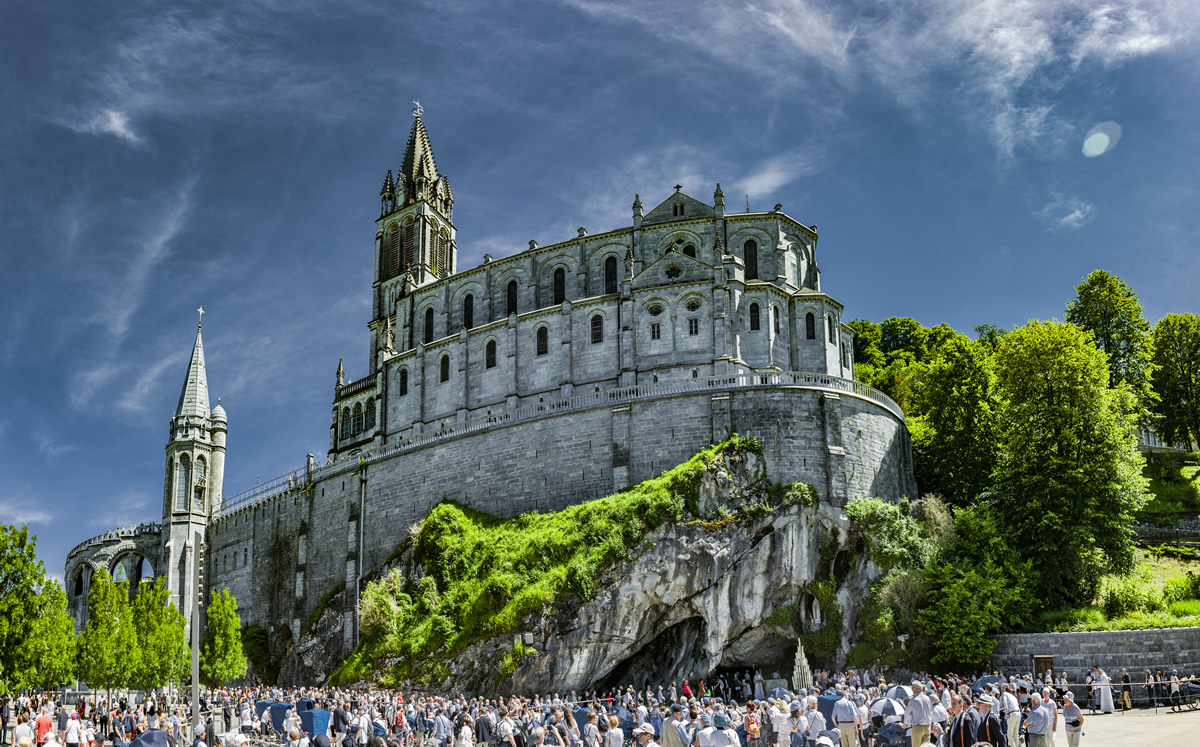
Send a request / Contact us
GDPR Consent*
All details provided by you will be held by Kompas d.o.o and used in accordance with our Privacy Notice. By clicking ‘SEND’ you consent to Kompas d.o.o companies contacting you regarding the requested offer and information about our products and services.
